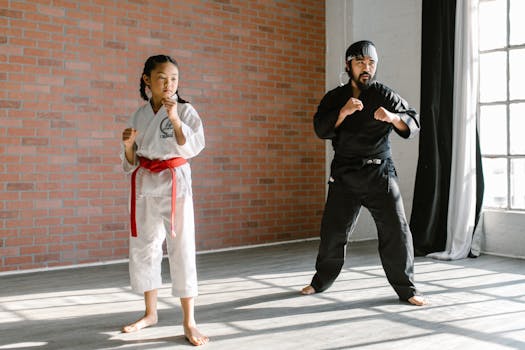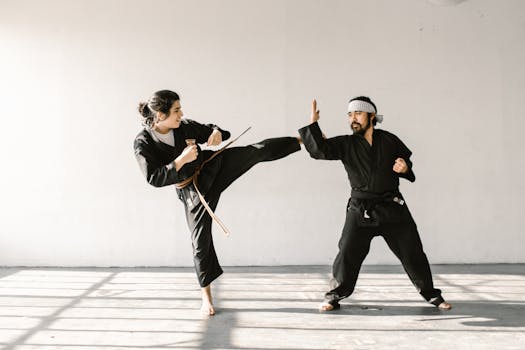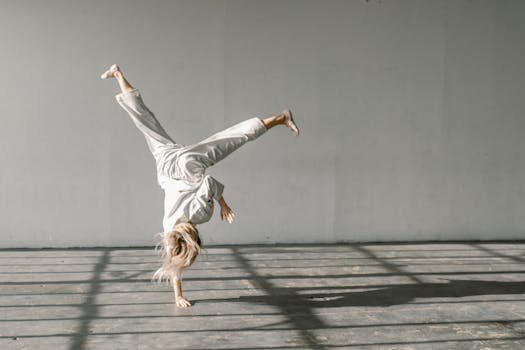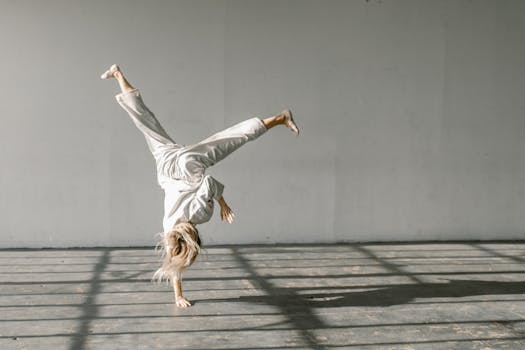How Does a Fighter's Cardio Affect Their Performance in UFC Matches?
Cardiovascular fitness, commonly known as cardio, plays a crucial role in the world of sports, particularly in high-intensity, endurance-demanding arenas like the Ultimate Fighting Championship (UFC). In UFC matches, where fighters are required to engage in intense physical combat, having superior cardio can significantly influence outcomes. This article explores how cardio impacts a fighter's performance, the different approaches to cardiovascular training, and their respective pros and cons, with practical examples from the sport.
Importance of Cardio in UFC
Cardiovascular endurance is essential for a UFC fighter. It not only supports sustained physical activity but also affects a fighter’s ability to recover between rounds. Good cardio helps in maintaining the intensity of attacks, defensive moves, and overall agility throughout the fight. Fighters with superior cardio are often seen dominating the later rounds of a match when their opponents begin to tire.
Approaches to Cardiovascular Training in UFC
High-Intensity Interval Training (HIIT)
HIIT involves short bursts of intense exercise alternated with low-intensity recovery periods. For UFC fighters, this might include sprints, burpees, or simulated rounds with high activity followed by brief periods of rest.
Advantages: HIIT is time-efficient, significantly improves aerobic and anaerobic fitness, and can mimic the fight's stop-start nature, making it highly specific to UFC demands.
Disadvantages: There is a higher risk of injury due to the intense nature of the workouts, and it may be too demanding for beginners or those not accustomed to high-intensity activity.
Long-Distance Running
Traditionally favored by many fighters, this approach involves steady-state cardiovascular exercises like jogging at a moderate pace for extended periods.
Advantages: It enhances overall cardiovascular endurance and is relatively easy to adjust based on fitness levels. It also helps in active recovery on rest days.
Disadvantages: It may not be as specific to the needs of a UFC fighter since matches require more burst-like exertions rather than continuous output. Overemphasis on long-distance running can also lead to a decrease in muscle mass and power.
Circuit Training
This method combines resistance training with high-intensity cardio. Fighters move through a series of exercises with minimal rest, which can include a mix of weight lifting, bodyweight exercises, and aerobic movements.
Advantages: It helps in building strength and endurance simultaneously and can be tailored to mimic fighting rounds, improving a fighter’s ability to endure under fatigue.
Disadvantages: Without proper planning, it can lead to overtraining and insufficient recovery, especially if combined with other high-intensity workouts.
Real-World Examples
Notable UFC champions like Khabib Nurmagomedov and Georges St-Pierre are known for their exceptional cardiovascular conditioning. Their ability to maintain high levels of performance throughout the fight has often been attributed to their rigorous and diverse cardio training routines. For instance, Georges St-Pierre’s training regimen included gymnastics, Olympic weightlifting, and sprinting, all of which contribute to superior cardiorespiratory fitness.
Conclusion
In conclusion, cardio is a fundamental aspect of a UFC fighter’s training regimen that significantly affects their performance in the ring. While HIIT offers a time-efficient way to boost both aerobic and anaerobic systems, long-distance running enhances overall endurance and circuit training provides a balanced approach to building endurance and strength. Fighters and coaches should choose a cardio training method that best fits the athlete’s specific needs, strengths, and fight style.
For those interested in improving their fitness or understanding more about the training techniques of top UFC fighters, incorporating a mix of these training methods can be beneficial. Remember, it’s essential to tailor your training to match the specific demands of your sporting or fitness goals.

.png)





